Prematurely aged stucco looks unsightly and affects your curb appeal – but it can also cost you a lot of money over time in maintenance costs if these seven signs are ignored:
- Sign #1: Your stucco is peeling and flaking
- Sign #2: Your stucco is cracking
- Sign #3: Your stucco has mold and mildew growth
- Sign #4: Your stucco has efflorescence
- Sign #5: Your stucco is sagging or pulling away from the building, a.k.a. delamination
- Sign #6: Your stucco has water damage – black or grey streaking or rust-colored, staining
- Sign #7: Your stucco is weakening or fading
Sign #1: Your stucco is peeling and flaking
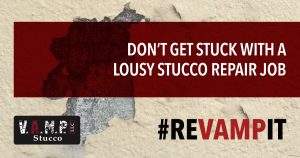
Stucco is particularly susceptible to damage if the stucco contractor did not install it correctly, used the wrong materials, omitted materials, or even tried to use poor quality materials to cut costs.
The most common cause of peeling or flaking finish coat is water penetrating between the finish coat and the stucco base.
In addition to these factors, environmental conditions also influence how long your stucco lasts before needing repair or replacement. Extreme weather conditions like drought or heavy rain can speed up the process of deterioration for all types of exterior surfaces.
If you aren’t sure what causes peeling or flaking stucco but want to keep your Colorado home looking good for years to come, contact V.A.M.P. Stucco today for more information about reskimming your stucco!
Sign #2: Your stucco is cracking
Due to normal wear and tear, weather damage, improper installation, inferior products, moisture intrusion, or structural movement your stucco may experience cracking.
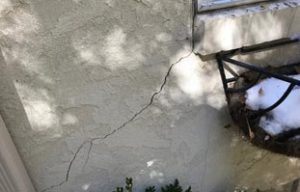 Stucco offers a strong exterior against Colorado weather. However, even the best exteriors experience damage over time – such as excessive cracking. At V.A.M.P. Stucco, we help Denver property owners keep their stucco in top shape with the proper repairs.
Stucco offers a strong exterior against Colorado weather. However, even the best exteriors experience damage over time – such as excessive cracking. At V.A.M.P. Stucco, we help Denver property owners keep their stucco in top shape with the proper repairs.
But don’t stress – when addressed early, stucco cracks are repairable. If you have recently inspected your stucco and noticed any crack.
If your stucco has any cracking that is 1/16 of an inch (industry standard) or more, schedule repairs to avoid other costly damage, like water penetration.
All V.A.M.P. Stucco estimators are fully certified stucco inspectors and are equipped to understand inspection reports. This allows our team to accurately estimate your project. Also, our estimators don’t work on commission, meaning there is zero incentive to pad a bid. We can guarantee our estimators only recommend the repairs needed to do the job right.
We serve both residential and commercial properties in Denver and the surrounding communities. We are a trusted stucco crack repair company with a solid reputation for quality work and top customer service.
Contact V.A.M.P. Stucco – The Trusted Stucco Crack Repair Experts
Sign #3: Your stucco has mold and mildew growth
Mold and mildew on stucco are unsightly and can cause severe damage to your home.
If you see mold or mildew on your stucco exterior, act quickly! You don’t want to let it spread to other areas of your home and cause structural damage.
Here are some steps to prevent mold from forming on your stucco:
First, ensure that you maintain your stucco’s integrity by keeping it clean and dry avoiding any standing water, landscaping that touches stucco, and allowing for proper drainage around your property. A faulty irrigation or sprinkler system can cause water to pool on your property and create a breeding ground for mold.
Second, suppose you find cracks in your stucco exterior walls or other areas where water could seep into the wall’s structure. In that case, a stucco contractor should reskim these areas immediately before they become more significant problems.
Sign #4: Your stucco has efflorescence
What is efflorescence on stucco?
Efflorescence is a white powdery substance that appears on the surface of a stucco wall. It is caused by water penetrating the stucco system from the inside causing lime build-up on the surface. If left untreated, this can lead to more severe damage to your stucco walls.
You might see efflorescence on your home’s exterior because of excessive amounts of moisture over time. To avoid this problem, ensure adequate drainage around all structures, including foundations as well as roofs and walls, so water does not collect within these areas. Proper drainage and clearance are essential for Colorado homes with rapid winter snowmelt.
Many factors can cause efflorescence on your stucco:
- The weather
- Moisture from plumbing leaks, window, or roof problems
- Flashings incorrectly installed or not installed at all.
- Failing Caulking
- Too much water in your soil (usually caused by over-irrigation)
- Not enough ventilation for the walls to dry out between rains
Sign #5: Your stucco is sagging or crumbling (a.k.a. delamination)
At V.A.M.P. Stucco, we are trained in proper application and installation and take pride in providing the best possible quality of work and materials. For every project, we provide an upgraded system, using the highest quality materials on the market, for top-quality results. We focus on the details, like a solid foundation, proper caulking, and flashings to ensure beautiful and lasting satisfaction.
Delamination is when any of the layers in the stucco system begin to separate and pull away from the structure. This may occur when the stucco system separates from the substrate or the outer stucco layer separates from the system.
A couple of the most common causes of stucco delamination are:
- Improper Stucco Installation
One of the major causes of delamination is improper installation. At V.A.M.P. Stucco, we receive regular requests to repair improper stucco installation because we have a reputation for quality work. Stucco requires experience and training for proper installation.
- Water damage
Another common reason for the stucco to sag or bulge is water damage. This can happen because the system failed and water penetrated behind the stucco. The water deteriorates the substrate and the substrate fails. On EIFS, it degrades the foam and adhesive attachment, delaminating the system.
Regardless of the severity level, any stucco delamination (or separation) will require repairs to maintain the integrity of the system. If left unchecked, the system failure can result in further damage. Water intrusion can damage the substrate and other parts of the exterior leading to mold and other unwanted consequences.
No matter the cause of sagging or bulging stucco, the solution is always the same – if you want your stucco job done well, call the experts at V.A.M.P. Stucco – 303-325-5212
Sign #6: Water-damaged and discolored stucco
Your stucco might be stained with black, gray, or rust-colored streaks because of how the material was installed. Discoloration or staining can occur if stucco is misapplied to the building or without the proper drainage system or ground clearance.
Other causes for discoloration could be:
- Improper or lack of flashing:
Improper flashing is the most common cause of black or grey water streaking. Water could enter your stucco and cause staining if the flashing wasn’t installed correctly.
- Rusty nails and metal debris:
Rusty nails are a common cause of rust-colored staining on your stucco. If the home-builder didn’t install the nails correctly or use galvanized nails, rust can seep into your stucco over time and stain it. Rust staining is most commonly caused by metal debris embedded in the finish coat.
If you’re unsure of the cause of the discoloration on your stucco, it’s time to call the professionals at V.A.M.P. Stucco to properly reskim, re-install, and custom color-match your stucco.
Contact V.A.M.P. Stucco, the only stucco contractor in Colorado with mobile, custom-color matching.
Sign #7: Your stucco is weakening or fading
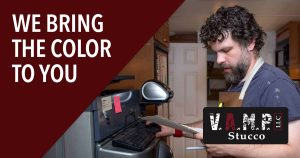
If your stucco is fading, the elements have worn down the top coat of your stucco system, negatively changing the aesthetics of your home or property.
If your stucco is weakening, it will feel sandy to the touch and you will see the sparkle in the aggregate. This is a sign the stucco finish coat is at the end of its life and a reskim is needed to protect the stucco system.
The typical lifespan of a high-quality acrylic stucco finish coat in Colorado is about 15-20 years.
If you want to restore the beauty and function of your home’s exterior walls, consider hiring a professional crew specializing in stucco restoration services.
These experts can provide custom-matched colors, texture, and finish for your Colorado home’s exterior walls so that you will protect your property investment!
Ask V.A.M.P. Stucco – the trusted and insured, and licensed stucco contractor – for any tips on stucco maintenance to keep your stucco looking new all year round.
Reskim and Repair Your Stucco with V.A.M.P. Stucco
What is reskimming?
Reskimming is reapplying the acrylic top layer utilizing the existing system. Upgrades can be added including spot repairs, modifications to the system, and/or adding additional fiberglass mesh to strengthen and bind the existing system.
Reskimming allowed the property owner the ability to change both the color and texture giving the property an entirely new look while utilizing the existing system.
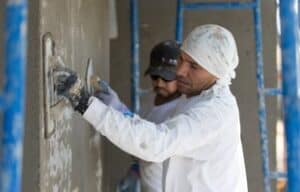 Reskimming in repair areas is the only way to hide any trace of stucco repairs! Don’t just hire a contractor to patch or repair your damaged stucco.
Reskimming in repair areas is the only way to hide any trace of stucco repairs! Don’t just hire a contractor to patch or repair your damaged stucco.
And, never, I repeat, never, paint, caulk, or plaster over cracks and holes in your stucco.
A little maintenance goes a long way when it comes to Colorado homes with stucco exteriors.
When looking for signs of disrepair, pay particular attention to cracking or flaking areas, drips and bumps on the surface, and poorly patched-over holes and openings in the stucco.
These repairs will take more time and money the longer they are ignored or covered up—and they could have significant effects down the road on your property’s value.
Whether you have a new stucco problem or an old one that has suddenly resurfaced, now’s the time to find a qualified professional certified in the Denver metro area, like V.A.M.P. Stucco, to handle your stucco care needs. What are you waiting for?
Ask V.A.M.P. Stucco – the trusted and licensed stucco contractor – for tips on stucco maintenance to keep your stucco looking new all year round.
About V.A.M.P. Stucco:
When it comes to stucco reskimming, re-dashing, repairs, or installation on your Colorado home, always call V.A.M.P. Stucco, a five-star rated Colorado stucco contractor. Quality is at the heart of everything from no-pressure, non-commissioned estimations to our licensed, certified, and skilled in-house stucco installers.
V.A.M.P. Stucco is licensed in all of Denver Metro and surrounding counties, and certified and trained to properly install all major stucco products. We pride ourselves on the quality of products we put on your home and our staff, all of which are in-house and insured, which means no subcontractors – we are always accountable for the quality of work.
We install, reskim, re-dash, refresh and restore stucco in all areas within 1 hour or 45-mile radius from our location at 2180 W. Cornell Ave Englewood, CO.
Including:
- Denver
- Aurora
- Englewood
- Broomfield
- Superior
- Lafayette
- Larkspur
- Greenwood Village
- Littleton
- Morrison
- Evergreen
- Roxborough Park
- Sedalia
- Castle Rock
- Parker
- Highlands Ranch
- Centennial
- Golden
- Lone Tree
- Lakewood
- Wheatridge
- Arapahoe County
Contact us today for a free, no-obligation estimate
Hear from our satisfied customers
“V.A.M.P. did an excellent job patching stucco, sealing, and making other general exterior repairs on my house. I was very impressed with their service from the time they came out to give a quote through the completion of the work…”
-Katie R. from Denver, Colorado
“We hired V.A.M.P. for a second time to do a stucco repair. The workmanship was excellent. We had a mismatch of the stucco color and Victor, the project manager, and Sam, the color specialist spent three hours making the match absolutely perfect before continuing the job. We love the results and will use them again for all of our stucco needs. Thank you V.A.M.P.!”
-Chris J. from Denver, Colorado

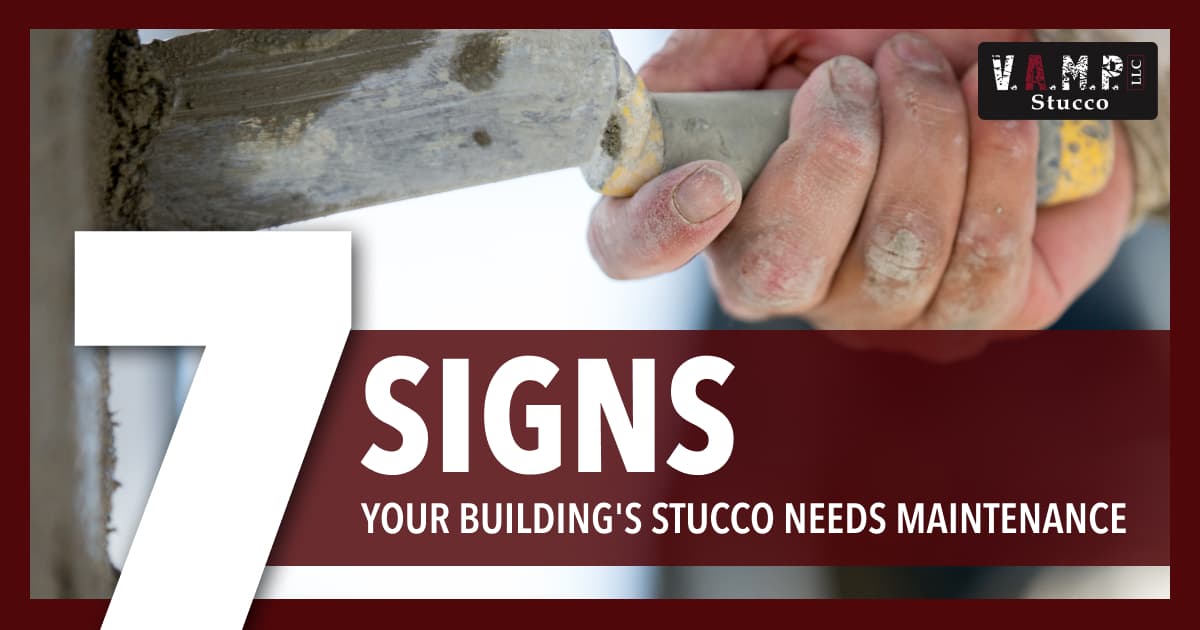
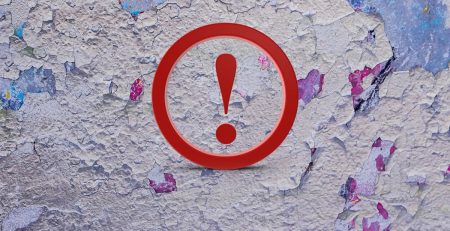
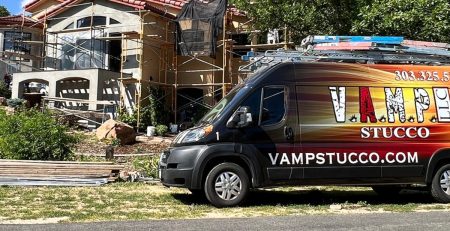
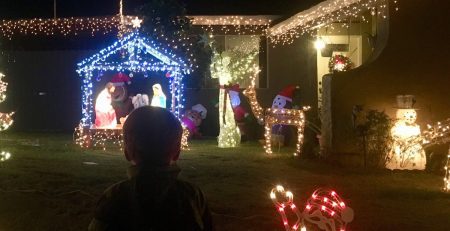
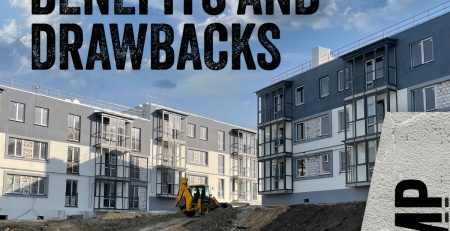
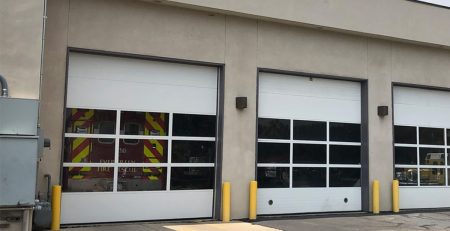
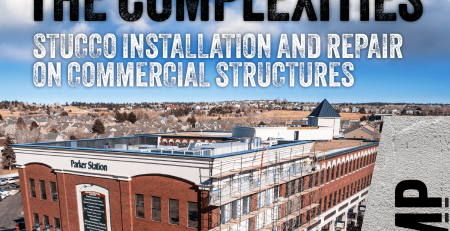
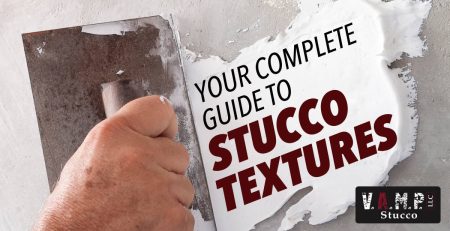


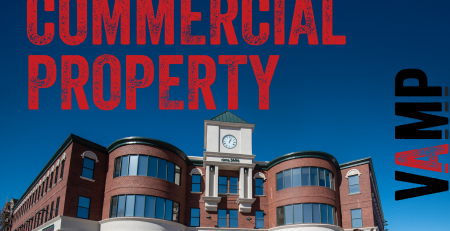
Leave a Reply